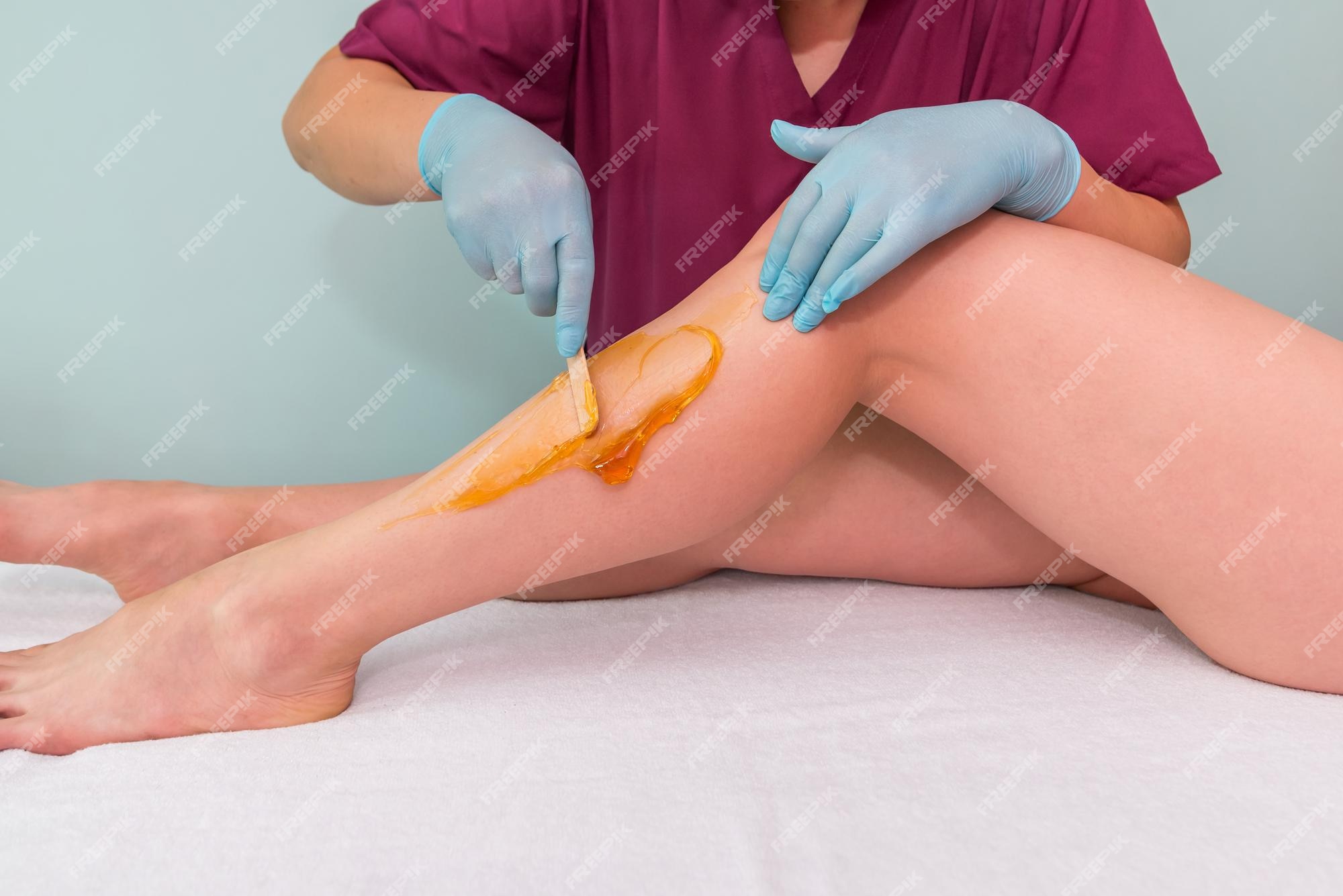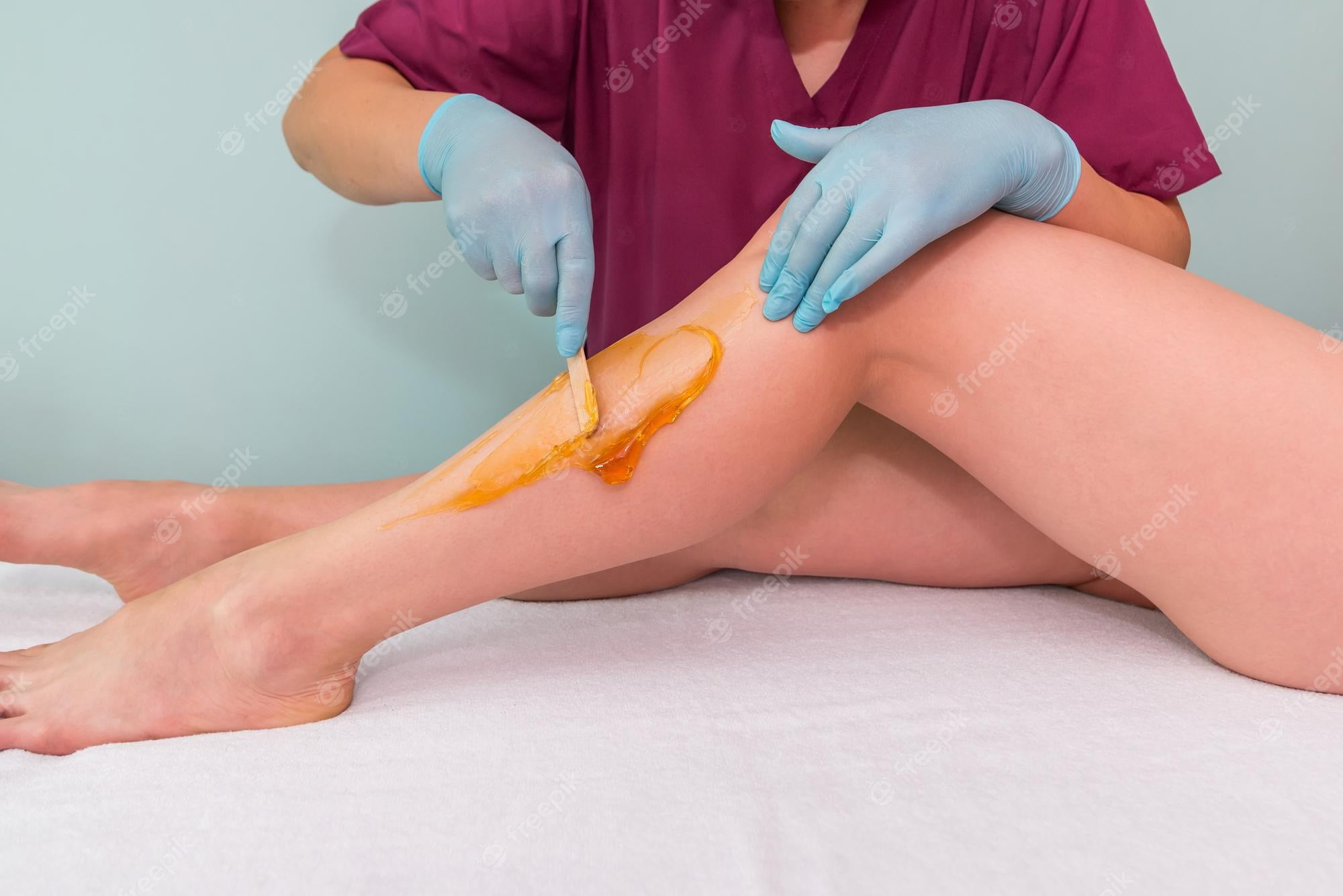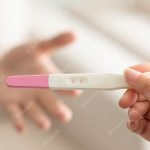
Contents
Introduction:
Pregnancy is a beautiful and transformative time in a woman’s life. However, along with the joys of pregnancy, there can be some physical changes that occur, including the development of varicose veins. Varicose veins are enlarged, twisted veins that usually appear on the legs and can be a source of discomfort and concern for many women. One common question that arises is whether varicose veins disappear after pregnancy. In this article, we will explore the postpartum journey and shed light on the fate of varicose veins.
- Understanding Varicose Veins: To comprehend the postpartum impact on varicose veins, it’s crucial to have a basic understanding of what they are. Varicose veins occur when the valves within the veins become weak or damaged, causing blood to pool and the veins to enlarge. The increased blood volume during pregnancy, hormonal changes, and the pressure exerted by the growing uterus on the pelvic veins all contribute to the development of varicose veins during this time.
- Varicose Veins During Pregnancy: During pregnancy, varicose veins are a common occurrence. In fact, it is estimated that up to 40% of pregnant women develop varicose veins. The increased hormone levels, particularly progesterone, can weaken the vein walls, making them more susceptible to the development of varicosities. Additionally, the expanding uterus puts pressure on the veins in the pelvic area, hindering blood flow and potentially leading to varicose veins in the legs.
- Postpartum Changes: After giving birth, many women wonder if their varicose veins will disappear on their own. While some changes occur naturally postpartum, it is essential to manage expectations. The hormonal changes that contributed to the development of varicose veins during pregnancy begin to subside, which can lead to some improvement in the appearance of the veins. However, it’s important to note that complete disappearance is rare without any intervention.
- Time and Patience: The postpartum period is a time of healing and recovery for the body, including the veins. With time and patience, some women may notice a gradual reduction in the appearance of varicose veins. This improvement can be attributed to the regression of hormone-induced changes and the relief of pressure on the veins once the baby is born. However, it’s important to remember that the extent of improvement varies from woman to woman.
- Lifestyle Modifications: While varicose veins may not completely disappear after pregnancy, there are several lifestyle modifications that can help manage their appearance and alleviate discomfort. Regular exercise, such as walking or swimming, can improve circulation and strengthen the leg muscles, which can in turn support the veins. Wearing compression stockings or support hose can also provide relief by promoting better blood flow and reducing swelling.
- Seeking Medical Intervention: If varicose veins continue to cause significant discomfort or if there are concerns about their appearance, it’s advisable to consult with a healthcare professional. There are various medical interventions available that can help manage varicose veins. These may include minimally invasive procedures such as sclerotherapy, laser treatment, or radiofrequency ablation, which can effectively reduce the appearance of varicose veins and alleviate associated symptoms.
Conclusion:
While varicose veins may not completely disappear after pregnancy, understanding the postpartum journey and its impact on varicose veins can help manage expectations. The hormonal changes and pressure on the veins during pregnancy contribute to their development, and while some improvement may occur naturally postpartum, it is important to be patient. Adopting healthy lifestyle habits and seeking medical intervention when necessary can help alleviate discomfort and manage the appearance of varicose veins, ensuring a smoother postpartum experience for women.




